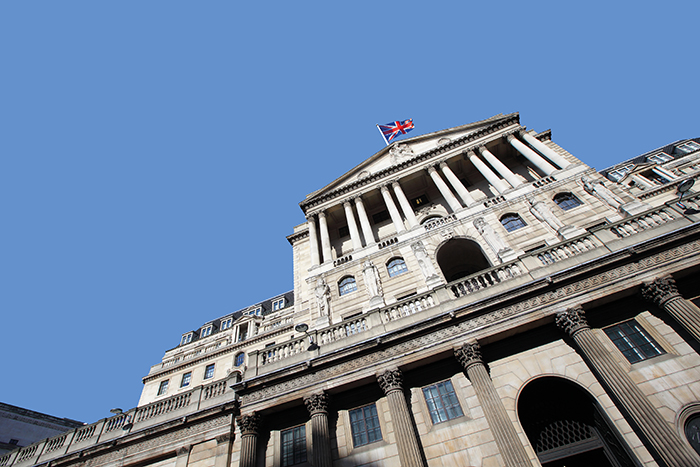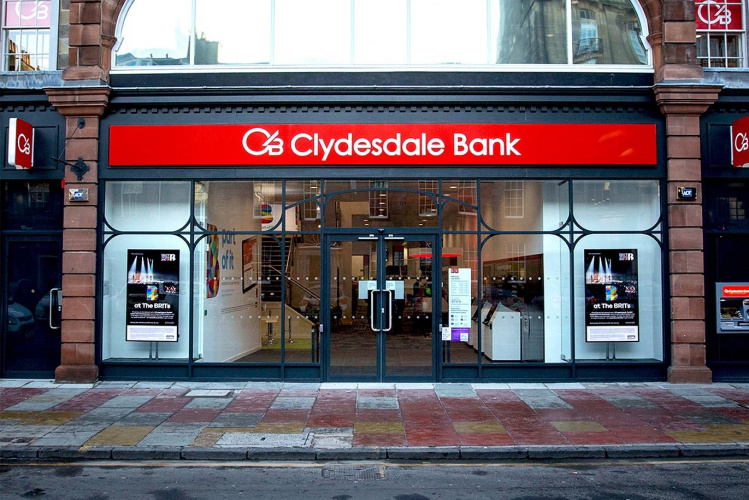
Markets expect the Bank of England to cut the base rate when it meets on Thursday – but the Chancellor’s spending Budget has left it less sure about a further reduction this year.
Most economists forecast that the Bank’s rate-setting Monetary Policy Committee will unveil a 0.25% cut in the cost of borrowing, bringing the rate down to 4.75% from 5%.
Deutsche Bank senior economist Sanjay Raja says the vote on the nine-strong committee will be overwhelming, with an 8-1 vote split in favour and only external hawk Catherine Mann opting to hold.
However, markets are still digesting Chancellor Rachel Reeves’ Budget this week, which increases spending by almost £70bn over the next five years, a little over 2% of the country’s gross domestic product.
The Office for Budget Responsibility says £36bn of this will come from tax hikes, while £32bn will come from borrowing — which is “one of the largest fiscal loosenings of any fiscal event in recent decades”.
The public finances watchdog forecasts this surge will see the economy grow by just over 1% this year, rising to 2% in 2025.
But it also expects inflation to lift by around 0.5% with general prices projected to rise to 2.6% at their peak in 2025, “and then gradually fall back to target”.
Inflation is currently 1.7%, below the Bank’s 2% target.
The boost to the economy has left markets betting that the MPC will pause after November and not follow through with a second base rate cut in December, to ensure it does not stoke the economy.
EY ITEM Club chief economic advisor Matt Swannell says: “The Monetary Policy Committee has much to consider when thinking about where interest rates will head beyond November.
“On the one hand, inflation has been lower than it anticipated, and with a fall in oil prices, the Bank of England’s updated inflation forecast will be lower over the next year or so.
“On the other hand, the Budget has loosened the purse strings and will likely lead to an uplift in the Bank of England’s 2025 growth forecast.”
Deutsche’s Raja adds: “The recent fiscal news will likely throw a wrench in the Monetary Policy Committee’s confidence levels that excess demand pressures are receding.
“As such, we now think the Monetary Policy Committee will refrain from any explicit dovish pivot in its November decision.”
Yesterday, Goldman Sachs halved its forecast of two interest cuts before the end of the year to one, given the rise in “investment spending, taxation, and borrowing” in the Budget.
But the US bank maintains its forecast of “sequential cuts from February as inflation cools” with the Bank rate to fall to 3% in November 2025.



